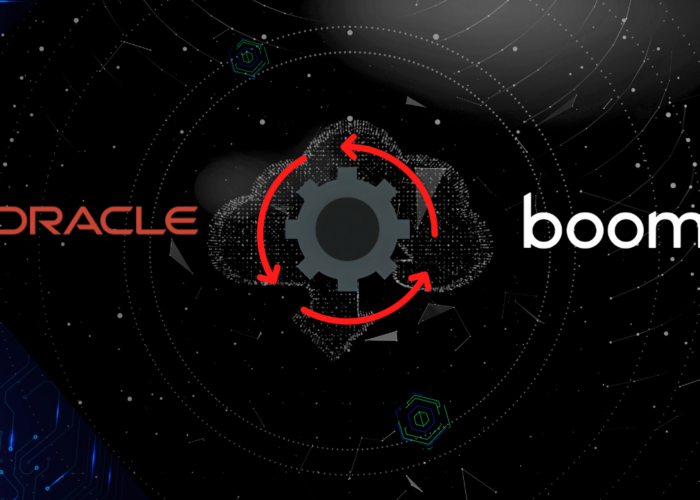Legacy Modernisation
Many organisations find themselves constrained by their legacy systems. Often, these systems work both functionally and from a cost perspective for them. They can take the form of Commercial Off The Shelf (COTS) packages that were heavily customised during implementation and are now proving difficult to update. They can also be home grown or in-house developed systems for which there are no suitable COTS or SaaS alternatives. In many cases, it’s the integration with a given system that is legacy rather than the system itself.
Generally, what all these scenarios have in common is that they are core to a part of the business or a key business process. There is an overriding “if it isn’t broken, don’t fix it” philosophy attached to it as well. Enabling digital delivery can be challenging and we find ourselves compromised with respect to unlocking the value of the data within those systems and unable to close functional gaps in business processes. How do we address these challenges?
Benefits of Legacy Modernisation


Preserves underlying critical systems that are working and reduces risk
Enables organisations to focus on value creation activities
Reduces the time to market for new features and capabilities
How to tackle Legacy Modernisation
Addressing these challenges with integration capability can be a very viable alternative to a costly rip and replace of an entire system. Understanding what is there, what it has, what it does, what it needs or what is missing is the logical starting point. We need to define the external data needs of and from that system. From there we can look at the opportunities our integration capability can offer us in addressing the challenge.
Updating legacy integrations is typically far less challenging than organisations expect. We remember the pain of implementation before we recognise that what we have is a solid definition of how the integrations work and what value they add. Replacing that with more contemporary technology is generally far simpler than the initial journey to integrate. Converting these integrations into new API driven touchpoints and processes gives us the ability to decouple some of the complexity.
In layering APIs on top of systems and processes, we provide new entry and exit points for system, process and experience data. This layered architecture enables digital delivery teams to leverage the right data at the right level and ensure the right access control measures are in place. Done right this can enable the organisation to build a new experience on top of a legacy persistence layer


Common mistakes in Legacy Modernisation
The most common mistake organisations make is to wholly avoid their legacy. We often see organisations looking to build contemporary digital applications on top of a compromised legacy API architecture. This can lead to all sorts of issues in terms of security, data quality and pace of development.
Another common mistake is exposing something solely for the digital delivery in hand. This approach can lead us to managing multiple paths to the same data and outcomes, making the resulting solution expensive operationally
Failing to find a new approach or lens through which to view legacy often leads organisations to repeating the same mistakes that made that system legacy in the first place. Worse, you increase your TCO at the same time. When organisations structure their integrations and APIs properly, legacy can often become just a legacy persistence layer for data. Changes we make and digital experience products we build can be deployed on top of the legacy persistence layer without necessarily affecting underlying integration touch points.


How can Chakray help
At Chakray, we help organisations develop the right integration and API foundations to support leveraging their entire data and systems landscape. With the right architecture and design, organisations need not replace legacy systems that make sound business sense in order to digitally transform the experience their organisation provides.
Whether it is to help in delivering a plan for legacy modernisation, or for the implementation of solutions and development of APIs, we can work with you to deliver the outcomes you need.
Get in touch
Talk to our experts
Contact our team to discuss your initiatives and find out how Chakray can help deliver your successful outcomes.
Get in touch











